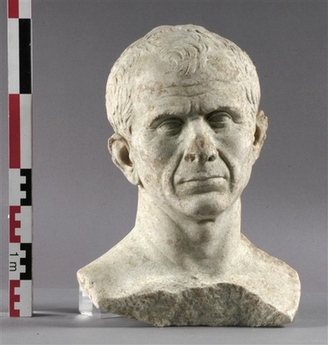Over two hundred antiquities from the National Museum of Afghanistan in Kabul are hitting the road this spring, including gold pieces from the renown Bactrian hoard.
The exhibition will open at the National Gallery of Art in Washington, D.C., starting May 25th, and will move on to the Asian Art Museum of San Francisco, the Museum of Fine Arts, Houston, and finally, The Metropolitan Museum of Art in New York City.
The story of how these precious artifacts survived the past few decades of violence and chaos in Afghanistan is a fascinating one.
The so-called Bactrian Hoard, one of the greatest archeological finds of the 20th Century, is the heart of the trove, discovered accidentally in 1978 by Russian archeologist Viktor Sarianidi, Hiebert’s mentor. Six 2,000-year-old nomadic tombs, from an area in northern Afghanistan that was once an important crossroads on the Silk Road, contained more than 20,000 beautifully crafted pieces.
Before Sarianidi could study the items, the Soviets invaded, and he rushed the pieces to Kabul, where they went to the National Museum. That was the last he saw of them.
Unbeknownst to him, 10 years later, as the communist government weakened and rockets rained on the city, a group of museum workers packed the most important artifacts into boxes, sealed them with their signatures and brought them to the presidential palace, where they were stored in a vault.
“Only 13 to 20 people knew about the treasures, and as fighting between the different groups got worse we decided not to tell anyone about them,” said Omara Khan Masoudi, now director of the National Museum in Kabul.
It was not until 2003 that a new government under President Hamid Karzai entered the palace and discovered — in a massive Austrian-made vault, alongside the government’s gold bullion — piles of sealed boxes.
 By then, rumors had circulated for decades that the Bactrian Hoard had been looted or taken to Moscow or even melted down, so it was rediscovering the treasure all over again when officials opened those boxes.
By then, rumors had circulated for decades that the Bactrian Hoard had been looted or taken to Moscow or even melted down, so it was rediscovering the treasure all over again when officials opened those boxes.
The museum workers who saved the antiquities are known as the key-holders. They’ll be accompanying the exhibition along its route because in Afghanistan curators are bound by law to their collections and are personally responsible to ensure their safety.
I think that’s totally cool. They’re sworn guardians of ancient treasure like characters out of Indiana Jones or The Mummy.



